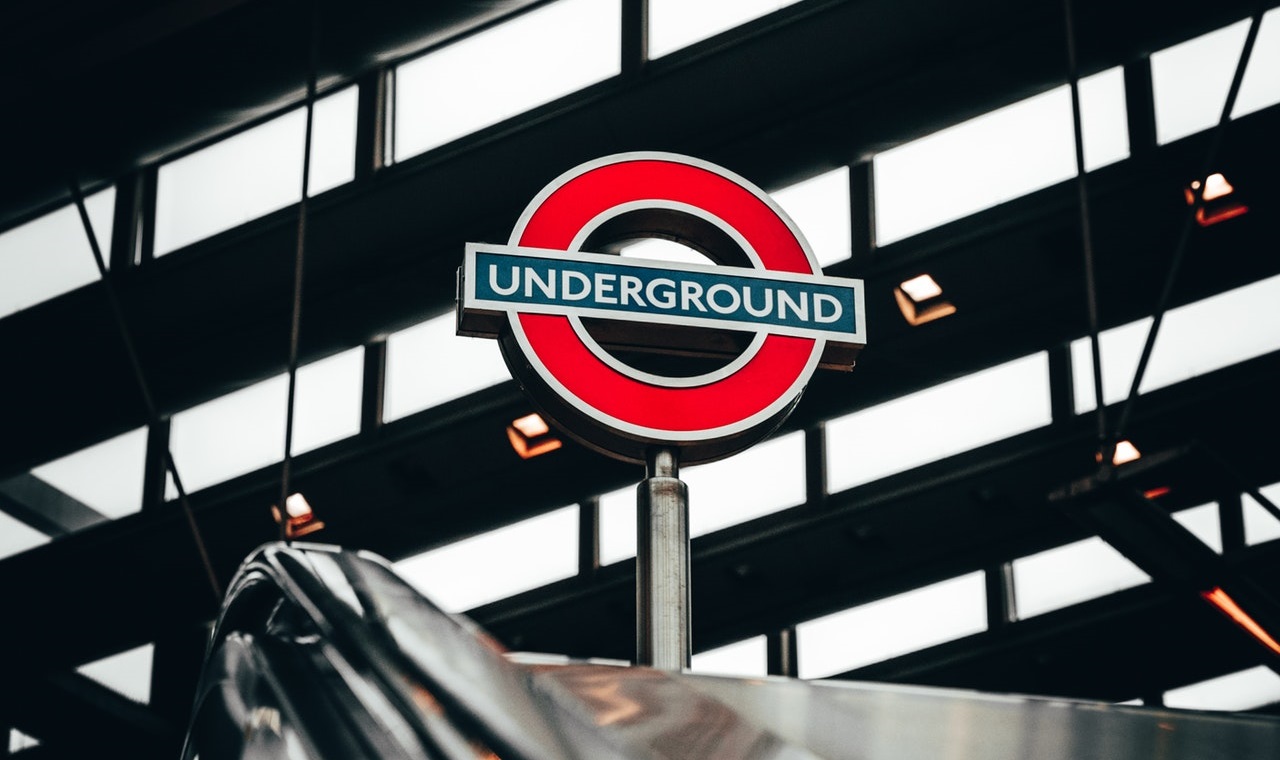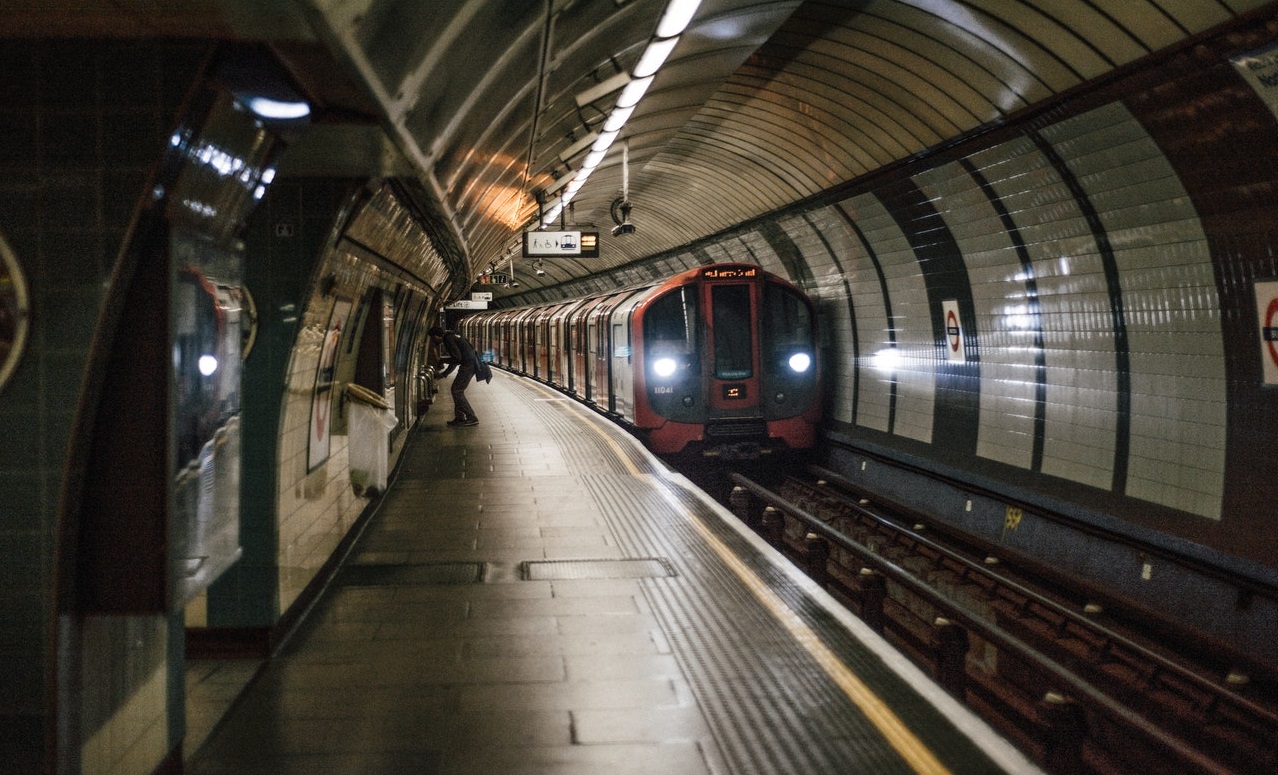Late on Saturday night, Transport for London (TfL) and the Government struck an emergency deal to keep trains and buses running for another six months during the coronavirus pandemic.
Sadiq Khan has claimed victory in the hotly contested £1.8 billion settlement: free travel for children and pensioners will be protected, and the congestion charge won’t be extended as the Government had proposed.
But there are downsides for Londoners too: free travel hours for over 60s have already been cut back, and those changes will stay in place.
The higher congestion charge fee and extended hours will also remain, and all TfL fares will go up next year, after a four year freeze.
Ministers say London’s transport authority must fix longterm financial problems and conditions on the bailout will ensure it follows through.
The Local Democracy Service has gone through the fine print: this is what the new deal could mean for the capital.
It’s not really a £1.8 billion bailout
The new deal will keep London’s public transport running until the end of March.
TfL was hit hard by the first wave of coronavirus, with passenger numbers dropping up to 95 per cent.
But the next six months are full of uncertainty, particularly as England returns to lockdown: the bailout is flexible, so London gets the cash it needs.
The basic sum is £1 billion: a £905 million grant and a £95 million loan from the Treasury.
But this assumes passenger numbers will be two thirds of normal levels over the next six months – and TfL believes they’ll be far lower.
The network could get more or less money, depending on the number of people who travel – but based on current modelling, it will be £1.8 billion.
London pays for what London gets
One of the key sticking points of this deal was free travel for children.
All children living in the capital get free bus travel up to the age of 18 – but this perk isn’t available elsewhere in England.
The Government has said it won’t use taxpayer money from around the country to pay for travel benefits “above those typically available elsewhere”.
And this could mean big changes as TfL works to balance its books.
NOW READ: London is a “scapegoat” for Britain’s problems
There could be tax rises ahead
If the Mayor wants to keep perks like free travel for pensioners and children – and it seems clear from Mr Khan’s comments that he will – the cash will come from his own budget.
To pay for these policies, he could keep the new £15 congestion charge rate introduced in June, or increase council tax, according to the new deal terms.
With a mayoral election in May next year and the current deal with Government set the expire in the midst of campaigning, these issues could become increasingly contested by candidates.
TfL will need to make deeper cuts
The long term finances of London transport have created a deep divide between City Hall and the Government.
Boris Johnson told the House of Commons that Mr Khan had “effectively bankrupted” TfL even before the Covid-19 crisis – but the Mayor said the Prime Minister had “lied” to Parliament.
TfL had slashed its annual overspend in recent years – but it still has around £12 billion debt, and pays hundreds of millions in interest each year.
Ministers claim overspend at Crossrail and a four year fare freeze were the root of the problem – while Mr Khan blames the Prime Minister for signing away a £700 million annual grant while he was Mayor.
Under the new bailout terms, TfL must set out a plan for longterm financial sustainability by January 11 – aiming for April 2023.
The network has committed to make and extra £160 million savings on top of the £413 million planned this year.
There will also be a Government-led expert review of driverless trains, considering how they could be introduced in the capital – a pet project of Mr Johnson during his time at City Hall.
TfL will put money towards fixing Hammersmith Bridge
The West London bridge has been deadlocked for months, and the Local Democracy Service recently revealed that it won’t reopen to cars until 2027.
The bridge is owned by Hammersmith and Fulham council, but they don’t have the cash to fix it. TfL has stumped up £25 million, but said the Government should pay most of the £126 million estimated repair cost.
Now the network has agreed to put £4 million towards repairing the bridge over the next six months – and crucially, to pay for a temporary ferry crossing for bikes and pedestrians.
Crossrail 2 has been shelved
Crossrail 2 is the sister project to the long delayed Elizabeth line: it would connect Surrey and Hertfordshire to central London, increasing rail capacity in the capital by 10 per cent.
But under the new bailout, TfL has agreed to wind down initial consulting for this long term scheme as soon as possible.
Crossrail itself still needs £1.1 billion to plug the gap in its finances: it could now cost up to £18.7 billion to complete. These discussions with the Government are still ongoing.
For the latest headlines from the City of London and beyond, follow City Matters on Twitter, Instagram and LinkedIn.








